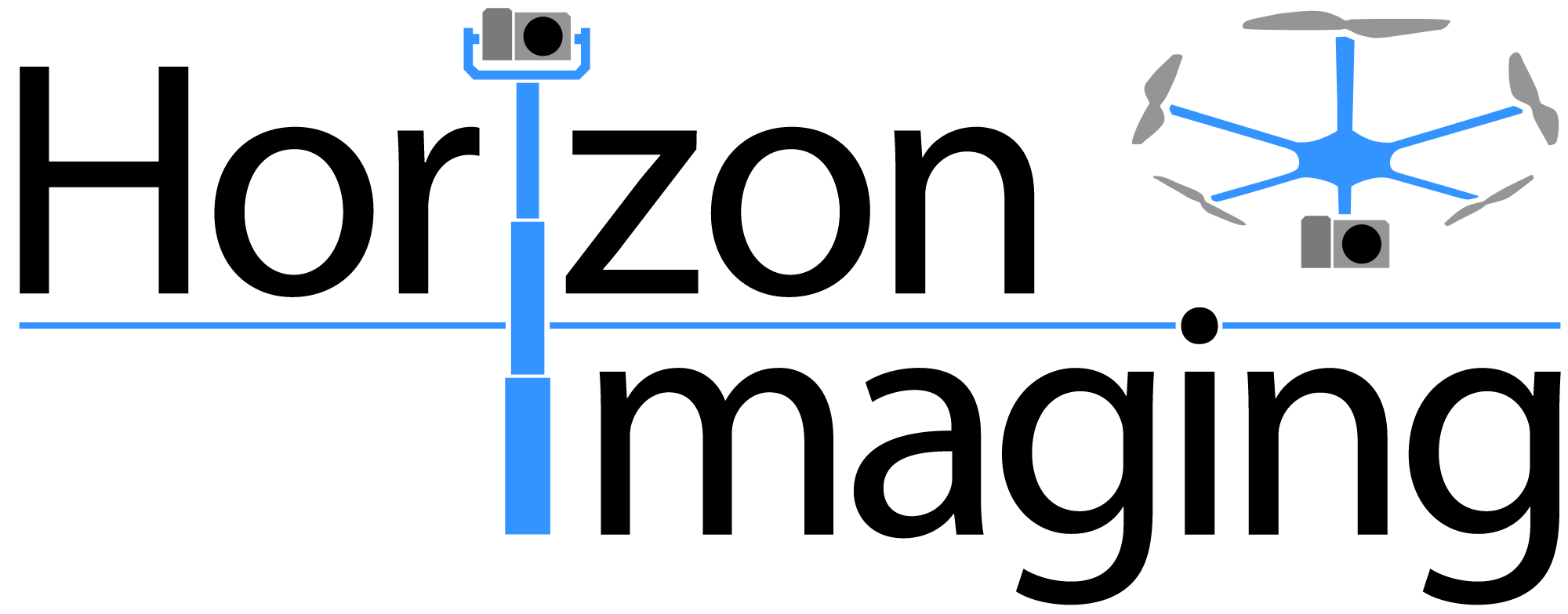The art of taking photographs does not end after you have pressed the shutter button – it has only just begun!
Just like in the film-developing darkroom where you could dodge and burn areas of photographs to preserve or enhance details – or even superimpose features that were never there – the digital darkroom is still where most of the magic of photography happens today.
Below is a recent aerial photograph taken near Virginia Water, Surrey. The first image is how the photograph looked straight out of the camera, but as you can see from the annotations, it is far from perfect. There are distortions, unsightly objects, stains and other technical flaws scattered throughout the image, all of which have caused a potentially brilliant photograph to look rather dull and unprofessional.
Using the Adobe Photoshop image editing software, the unsightly objects were removed using the ‘clone’ tool (where details from one part of an image are copied across to another part of the image), the shadows have been lightened, the highlights have been toned down, and the distortions have been corrected. The final image is shown in the middle on the right.
Whilst you can make many adjustments and corrections using computer software, if the image has not been captured correctly to start with you will be facing an uphill struggle. Whilst this particular image looked quite poor to start with, it did have the following characteristics:
- Sharp – A fast shutter speed was used to freeze any movement of the drone, and a small aperture was used to ensure the image was sharp from the foreground to the background.
- Correctly exposed – The shutter speed, aperture and ISO were correctly set to ensure even the brightest parts of the image still contained detail. Detail is lost forever if bright areas are allowed to turn pure white – not even shooting in RAW format will allow detail to be recovered from these areas (see below).
- Correctly composed – The subject of the photo (the house) was correctly framed to the left of the image as if it were ‘looking’ towards the garden. Putting the house in the middle of the frame would have looked odd, and you would have been left wanting to see more of the garden on the right. There is also plenty of spare space around the subject which will be lost when the distortions are corrected.
- Captured in RAW format – This format creates significantly bigger files than standard JPEG images, but it is completely uncompressed, meaning comprehensive colour and brightness data is stored for every pixel of the image. In contrast, areas of similar brightness or texture in JPEG images are compressed into simple blocks of colour. This allows JPEGs to be much smaller than RAW files, but it greatly reduces the amount of detail that can be recovered from these areas after the images have been captured.
The principles of post-processing are relatively straight forward, but it takes a great deal of practice to become proficient and to achieve consistent results across sets of photographs.
Beautifully post-processed photographs are one of the hallmarks of Horizon Imaging’s work.
If you are looking to hire a photographer, be sure to check that their images also bear the hallmarks of professional post-processing, or you may be left disappointed by the results.



